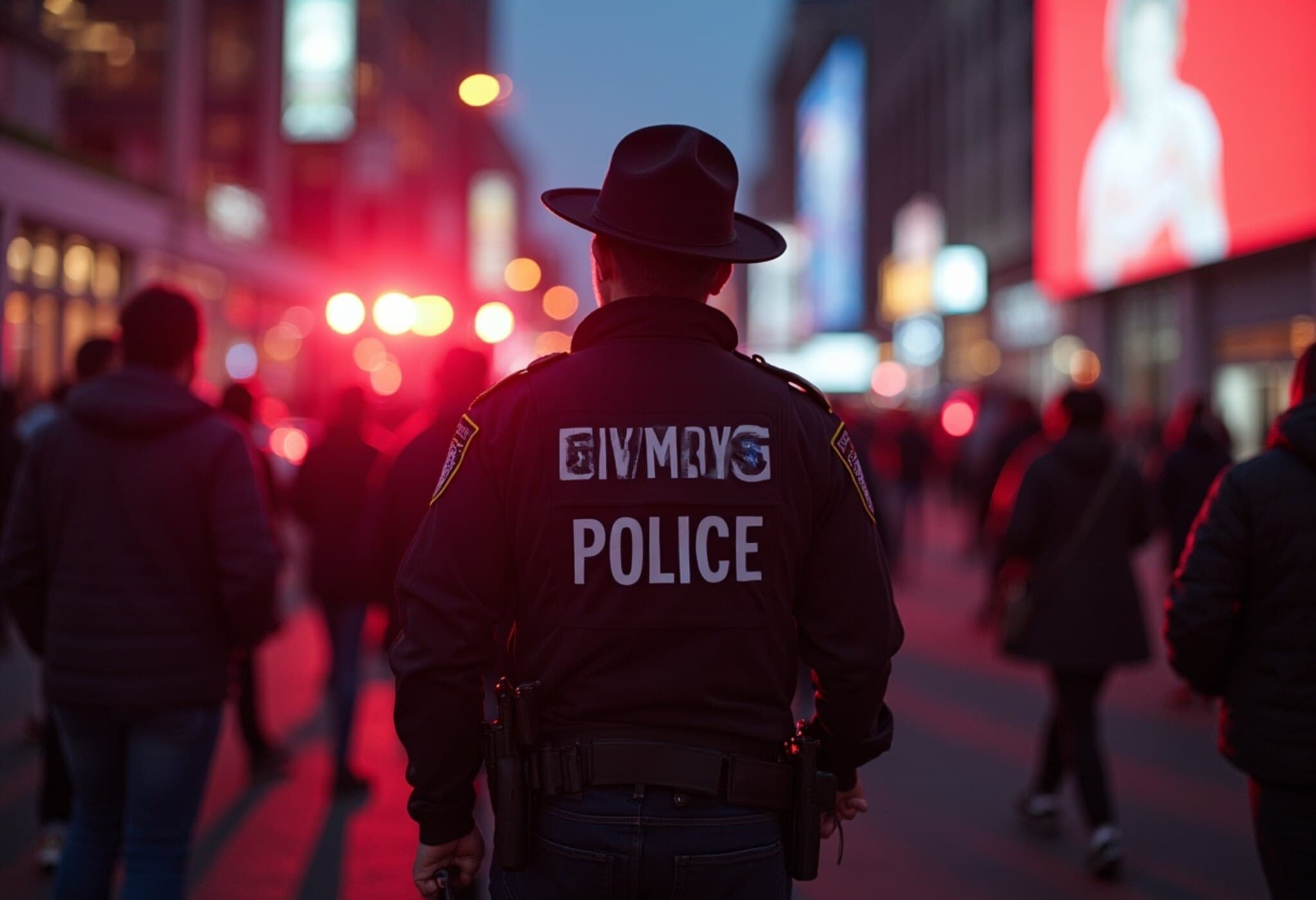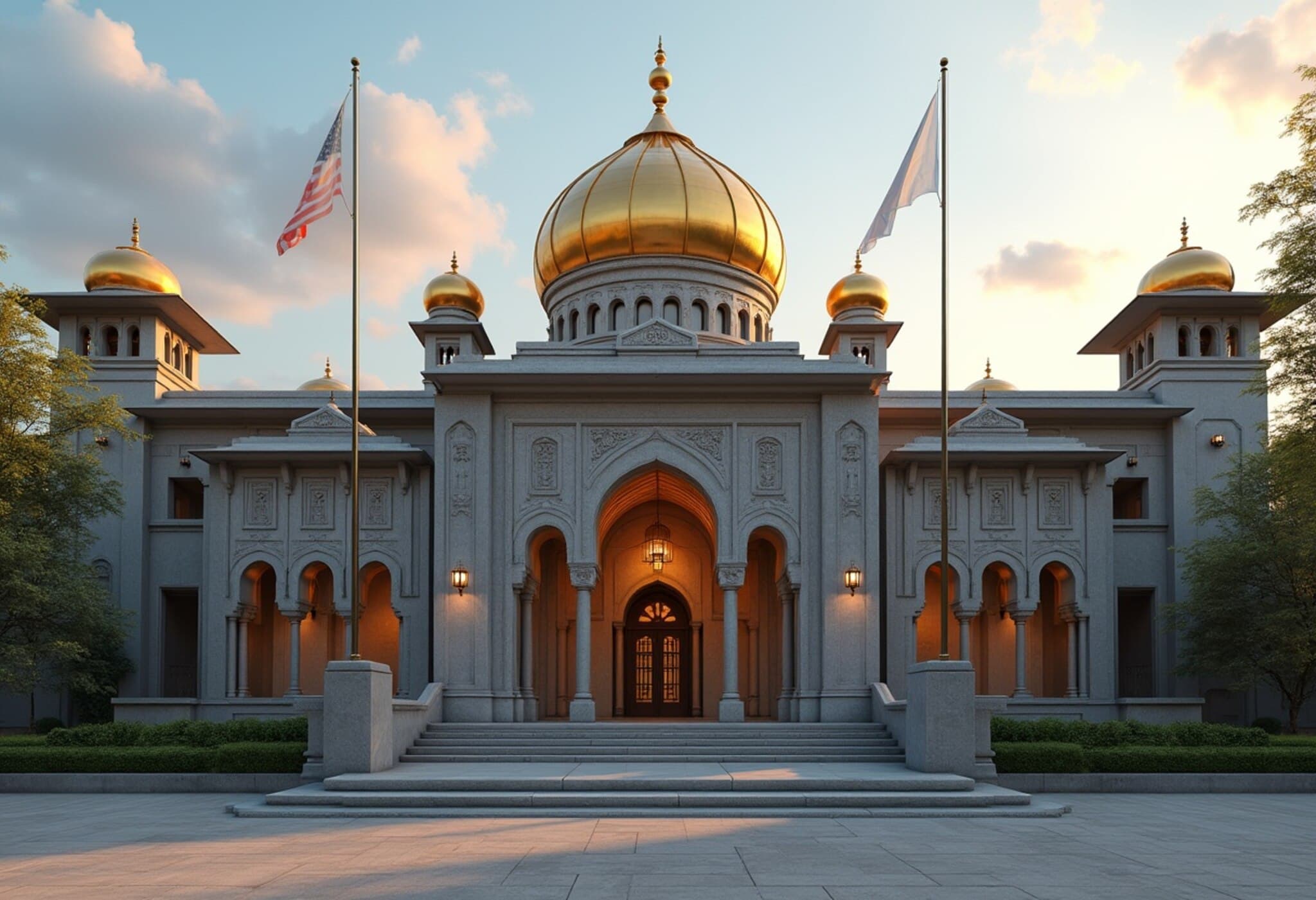Tragic Shooting at Downtown Los Angeles Warehouse After-Party
In the early hours of Monday, a deadly shooting erupted at an after-party in downtown Los Angeles, claiming the lives of two individuals and injuring six others. The incident has shaken the community, raising urgent questions about safety at large-scale social events.
The Incident Unfolds
The gathering was an after-party linked to the popular Hard Summer music festival, a techno-focused event held over the weekend at Hollywood Park, approximately nine miles from downtown LA. The festivities took place in a warehouse district, a location often chosen for its urban atmosphere but also its relative lack of formal security infrastructure.
Police were first alerted around 11 p.m. to break up what was described as a "big party". During their initial response, law enforcement officers noted an armed individual entering the premises and arrested the suspect at the scene, according to Officer Norma Eisenman.
Violence Escalates After Police Leave
Shortly after clearing the venue, authorities received reports of gunfire at approximately 1 a.m. Returning to the scene, officers found a male victim who had succumbed to his injuries on-site and a female victim who later died in the hospital. Six other attendees suffered wounds and were transported to medical facilities; their current conditions remain undisclosed.
Investigation and Public Response
As of now, the motive behind the shooting remains unclear. Investigators continue to examine the scene and collect evidence to understand the circumstances leading to this tragic event. The arrest of the armed suspect provides a critical avenue for law enforcement to gather information, but many in the community are left grappling with concerns about security at large gatherings.
Contextual Analysis: The Rising Risks at Festival After-Parties
Music festivals like Hard Summer draw tens of thousands of attendees and often continue with unofficial after-parties that may lack proper security controls. Experts warn that these off-site gatherings—frequently held in warehouse spaces or private venues—can become unpredictable flashpoints for violence.
Dr. Emily Reynolds, a criminologist specializing in urban violence, notes, "The intersection of large crowds, high-energy music scenes, and sometimes unregulated venues creates a milieu where conflicts can escalate quickly if weapons are introduced. Ensuring event safety requires cooperation between promoters, law enforcement, and community stakeholders."
Broader Implications for Los Angeles
Los Angeles has witnessed a worrying uptick in violent incidents connected to nightlife and music events in recent years. This shooting underscores a broader challenge faced by policymakers balancing vibrant cultural scenes with public safety measures.
Local authorities have been called to reevaluate security protocols at large gatherings, including after-parties not officially sanctioned. Enhanced collaboration with event organizers and more stringent permitting processes may serve as critical steps toward preventing future tragedies.
What Comes Next?
- Ongoing Investigation: Police continue to probe the incident to determine the shooter’s motives and any potential accomplices.
- Community Dialogue: Discussions on public safety at cultural events are expected to intensify among city officials, venue owners, and residents.
- Policy Reviews: Authorities might consider revisiting regulations governing after-party venues to enhance surveillance and enforce firearm restrictions.
Editor's Note
This tragic shooting in downtown Los Angeles highlights a critical intersection of nightlife culture and public safety. As the community mourns the loss, it prompts us to ask how emerging urban entertainment trends can coexist with effective violence prevention. What measures can cities embrace to protect attendees while preserving the vibrant spirit that music festivals bring? This story reminds us of the complexities that come with freedom of expression in urban spaces and the urgent need for collaborative solutions.
By exploring these facets, we aim to deepen public understanding and foster conversations that move beyond mere incident reporting toward meaningful change.











